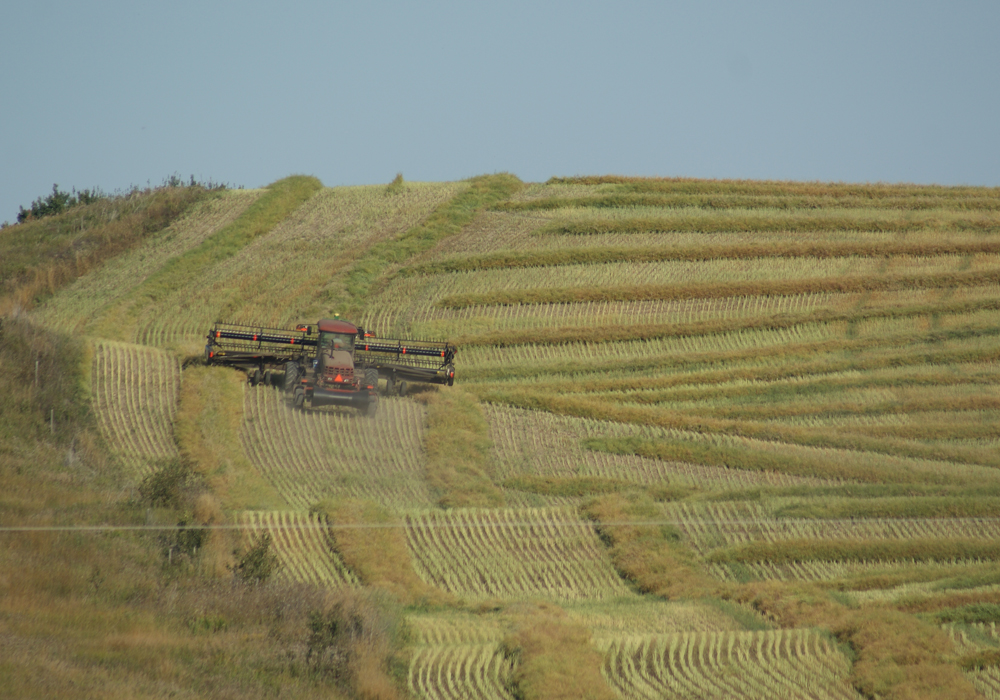Statistics Canada has confirmed what most farmers already know – Canada will produce significantly less canola in 2019.
Prairie growers are expected to produce 18.5 million tonnes of canola this year, down 9.3 percent from 20.3 million tonnes in 2018, StatCan said in a production report released in late August.
What is new, is that StatCan is using a new method to estimate crop yield and production in the summer.
Read Also

Farming Smarter receives financial boost from Alberta government for potato research
Farming Smarter near Lethbridge got a boost to its research equipment, thanks to the Alberta government’s increase in funding for research associations.
Historically, StatCan has relied on farmer surveys in July to come up with yield and production data. This year, for Manitoba at least, they have foregone July farmer surveys to estimate yield.
Instead, StatCan is relying on satellite data, like Normalized Difference Vegetation Index (NDVI).
“We’re trying to predict yield and production, with remote sensing, in July,” said John Seay, head of the crop reporting unit at Stats Can.
In 2016, StatCan began doing its production estimates for September with remote sensing. The difference is the timing.
“This is the first time we’re moving (it) up earlier in the season,” Seay said. “(We’re) trying to move to some of this technology… to decrease the amount we have to contact farmers.”
Seay and his Statistics Canada colleagues have learned that satellite imagery is a reliable method for forecasting crop yields.
They used remote sensing data, from previous years, to estimate crop yield and concluded it is just as dependable as farmer surveys.
“Are we producing data that is as good? The answer to that is yes,” he said.
Looking ahead, StatCan hopes to forecast yields and crop production more than once during the summer months.
“(Maybe) we can use remote sensing to produce data earlier and potentially more frequently,” Seay said. “That’s further down the road. Right now, we’re just looking at producing for July.”
Statistics Canada, based on data from this July, is predicting:
- Spring wheat production to rise 4.9 percent, to 25.1 million tonnes, because of bigger crops in Manitoba and Alberta
- Canola production of 18.5 million tonnes, down 9.3 percent from last year, due to acreage drops in Alberta and Saskatchewan, combined with average yields in those provinces
- Durum will be down 23.1 percent, to 4.4 million tonnes, compared to 2018.
- Barley and oat production to jump significantly. Barley is pegged at 9.6 million tonnes, up 15 percent, thanks to more acres in Saskatchewan and Alberta. Oats are pegged at four million tonnes, a jump of 15 percent from 2018.


















